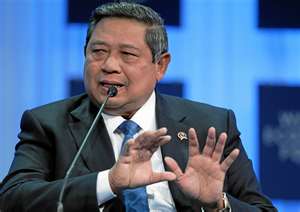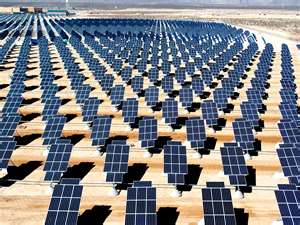 This is a guest post by Phil Scadden and Oliver Bruce (bios at the end of the post), who have updated to Phil’s 2009 paper Sustainable Energy Without the Hot Air – A New Zealand Perspective, which was published at Hot Topic. Inspired by the approach used by Cambridge physicist (and now chief climate change advisor to the UK government) David MacKay in his book of the same name, they bring a common sense perspective to the strategic energy debate we need to be having. Over to them:
This is a guest post by Phil Scadden and Oliver Bruce (bios at the end of the post), who have updated to Phil’s 2009 paper Sustainable Energy Without the Hot Air – A New Zealand Perspective, which was published at Hot Topic. Inspired by the approach used by Cambridge physicist (and now chief climate change advisor to the UK government) David MacKay in his book of the same name, they bring a common sense perspective to the strategic energy debate we need to be having. Over to them:
Sustainable Energy – Without the Hot Air by Cambridge physicist David MacKay is an excellent and highly readable book of numbers about the questions associated with sustainable energy (available as a free download at www.withouthotair.com). As an advocate of sustainable energy, he describes himself as “pro-arithmetic” rather than a campaigner for one type of energy production over another, which is surely what informed debate needs. Rather than dealing with daunting numbers, he reduces energy calculations to units of kWh/day/person. 1kWh is the unit we pay for in our electricity bills — the energy used by one bar heater switched on for one hour. If you want to understand the which actions actually save energy (and which are just hype) then you need to read this book. Turning off a cell phone charger when not in use for a year saves the energy found in one hot bath. “If everyone does a little, then we will achieve only a little”.
The majority of MacKay’s calculations are done for the UK. Phil was interested in a New Zealand perspective and so published the original paper at Hot Topic in 2009 (found here). Oliver read McKay’s book earlier this year, came across Phil’s work (thanks to John Peet at Phase2 for the referral) and with his help updated the figures for 2012.
To this end, we have used a similar approach to look at two questions:
- Can New Zealand maintain its current per capita energy consumption without fossil fuels and, in particular, can we live on renewable energy sources alone?
- How can we achieve a BIG reduction in our personal and national energy consumption, in order to reduce our power requirements?
After completing the updated paper, we had a discussion with Gareth about the best way to publish the work and decided to run the report as a series of posts at Hot Topic. There are two reasons for this:
- Easier to get feedback issue-by-issue from the Hot Topic (and wider) community.
- It makes for a more palatable read than simply giving you folks a 22 page document.
This post today is a quick overview of the changes since the 2009 report, and serves as an introduction to the series which will appear at Hot Topic over the next couple of weeks.
For those that can’t wait, the full updated (2012) document can be downloaded here. Note it may end up being revised as your community finds errors in our work, so it might be better to wait till we’ve completed our series!
Continue reading “A Sustainable Energy Future For NZ (without the hot air) – An Update”
Like this:
Like Loading...


 This is a guest post by Phil Scadden and Oliver Bruce (bios at the end of the post), who have updated to Phil’s 2009 paper Sustainable Energy Without the Hot Air – A New Zealand Perspective, which was
This is a guest post by Phil Scadden and Oliver Bruce (bios at the end of the post), who have updated to Phil’s 2009 paper Sustainable Energy Without the Hot Air – A New Zealand Perspective, which was  Indonesian President Susilo Bambang Yudhoyono gave an
Indonesian President Susilo Bambang Yudhoyono gave an  “Will we look into the eyes of our children and confess that we had the opportunity, but lacked the courage? That we had the technology, but lacked the vision?” These words preface the report
“Will we look into the eyes of our children and confess that we had the opportunity, but lacked the courage? That we had the technology, but lacked the vision?” These words preface the report